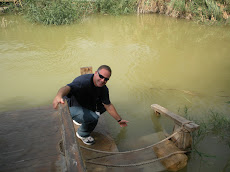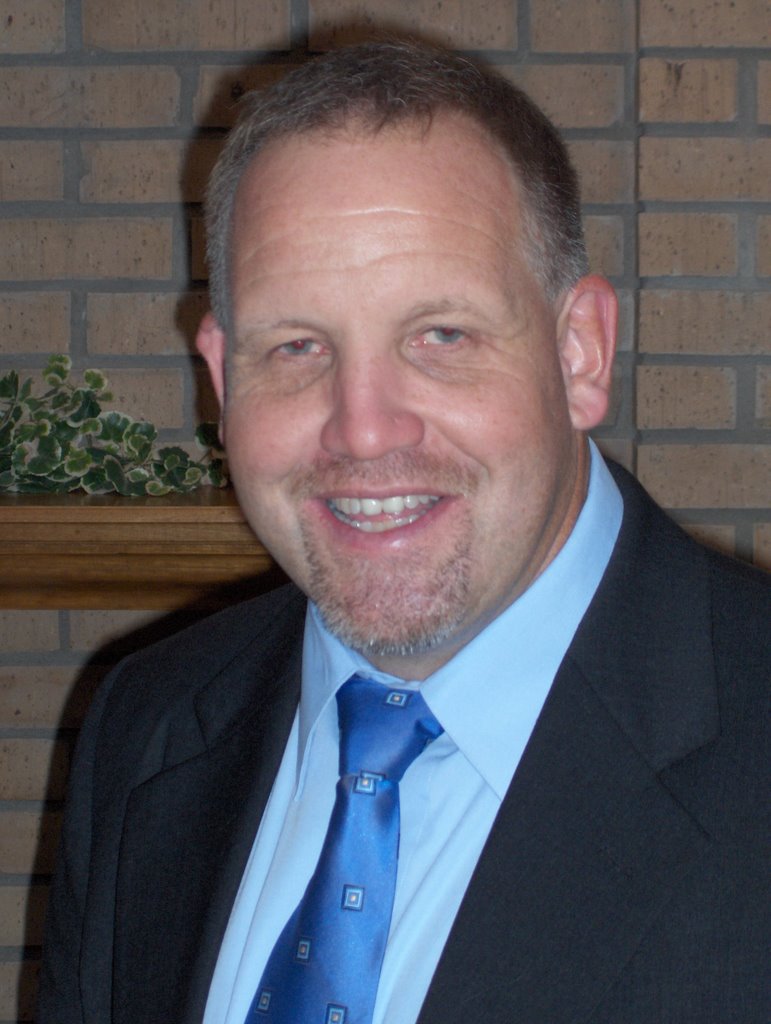As you read the article below, pray that God will do it once again in the United States (or in the country you live in)
The word ‘revival’ infers that something is dead or dying. ‘Religious’ or ‘Christian revival’ presupposes that the church and its environment are in desperate need of a fresh breath God’s Spirit to awaken it from its slumber. Such was the condition of the North American church and nation in the early part of the 18th century. Spiritual decline and moral decadence ruled the day.
THE STATE OF THE NATION
The American Colonists had their own peculiar problems. They were a mixed collection of nationalities in an alien country. They had no central government to bind them together in anything like a national unity and were divided by intense religious convictions and by their nationalistic spirit. Perpetual war with the Indians produced all manner of inhuman passions, removing moral convictions and restraints. A wild and adventurous spirit possessed the people as morals declined and religion decayed. Drunkenness, swearing, immorality, and every form of vice blossomed as never before in their history. The godly aspirations of their Puritan forefathers for a Christian Utopia in the New World had long since died.
THE STATE OF THE CHURCH
The ‘Half Way Covenant’ of 1662 had opened the way for unconverted people to become members of the church and soon unconverted ministers were allowed into pulpits across the land. Secret apostasies and flagrant sins corrupted and weakened the churches. Jonathan Dickinson of New Jersey described the state of the church there: ‘Religion was in a very low state, professors generally dead and lifeless, and the body of our people careless, carnal and secure.’ In Pennsylvania Rev. Samuel Blair stated, ‘Religion lay as it were dying, and ready to expire its last breath of life in this part of the visible church.’ The same conditions obtained everywhere throughout all the Colonies, from New England to the far South.
It was a hopeless situation but ‘man’s extremity was God’s opportunity.’ Into this situation God began to ignite revival fires.
BEGINNINGS OF REVIVAL
Theodore Frelinghuysen, a Dutch reformed Pietist, began to see revival signs of conversions following his ministry in New Jersey in 1727. The revival spread to the Scottish-Irish Presbyterians under the ministry of Gilbert Tennant, whose father, William, founded the famous ‘Log College’, which later became the Princeton University. The fire leapt over to the Baptists of Pennsylvania and Virginia before the extraordinary awakening that began in Northampton, Massachusetts, under the ministry of Jonathan Edwards in December 1734.
JONATHAN EDWARDS
Edwards’s says the town experienced a ‘degenerate time’ with ‘dullness of religion.’ The young people were addicted to ‘night walking, tavern drinking, lewd practices and frolics among the sexes for the greater part of the night. Family government did too much fail in the town.’ Community leaders were locked in bitter disputes. Then, two well-known young people died untimely deaths in the spring of 1734. This had a remarkable sobering effect on the whole town and people began to ask questions about the meaning of life, life after death, eternity and other spiritual matters. Clearly this was a token judgement to grab people’s attention.
In tandem with this, the small and ineffective church was praying for God to move, calling out to God for the souls of their neighbours. Edwards began to preach the Gospel deliberately and powerfully in a series on ‘justification by faith alone.’ In December 1734 six young people were converted. One was a young woman who was quaintly described as ‘one of the greatest company keepers in the whole town.’ Her life was so radically changed that it became the talk of the town and the news of this evident act of God’s grace spread like wildfire. In the next six months 300 of the 1,100 population were converted. That’s more than 25% of the population in 6 months! Revival had come.
In his ‘Faithful Narrative of Surprising Conversions,’ a report on this revival work, Edwards describes some of the unusual supernatural happenings: ‘God has also seemed to go out of his usual way in the quickness of His work, and the swift progress His Spirit has made in His operation, on the hearts of many….There was scarcely a single person in the town, either old or young, that was left unconcerned about the great things of the eternal world …The town seemed to be full of the presence of God…it never was so full of love and full of joy. It was a time for joy in families…our public assemblies were beautiful; the congregation was alive in God’s service, everyone earnestly intent on the public worship…. God was served in the beauty of holiness.’
WIDESPREAD RESULTS
This was the beginning of a revival that was revitalised with a second wave in the 1740’s. In New England alone ten percent of the total population of 300,000 were added to the churches between 1740 and 1742. Total converts to Christianity reached 50,000 out of a total of 250,000 colonists in New England . It is estimated that a further 30,000 souls were converted through George Whitefield’s numerous visits to America from 1739 onwards. 150 new Congregational churches were established in twenty years.
The increase of Baptist churches in the last half of the century, was still more wonderful, rising from 9 to upwards of 400 in number, with a total of thirty thousand members. There was a similar growth in the Presbyterian and other churches.
Nine Christian university colleges were established in the colonies. The wild frontier society was thoroughly Christianised. Early missionary desire began to emerge, most notably in the ministry of David Brainerd among the Indians. The revival revolutionised the nation’s religious and moral character and determined the destinies of the entire nation country.
One ancient writer states ‘The new converts were ‘fervent in spirit. They thirsted for the salvation of souls. Unexampled efforts. were immediately employed for the spread of the Gospel. Some went from house to house in their respective neighbourhoods warning every man and teaching every man, and exhorting all to turn to the Lord. Pious ministers were stirred to unusual exertion, and old Christians renewed their youth.
They had deep convictions of the evil of sin, and of the peril of a rebellious state. The love of God in Christ overpowered their souls. Their views of the solemn realities of another world were vivid and heart-affecting. Their earnest appeals made the stout hearted tremble, awed many a reprobate into silence, and wrung tears from daring and hardened offenders. Tens of thousands bowed before the majesty of truth. Some of the most powerful preachers emigrated to other States; and wherever they went, the floods of blessing poured over the land.’
Lord do it again in our day and in our nation!
Tony Cauchi
May 2006
http://www.revival-library.org/index.html?http://www.revival-library.org/quotes/revival.htm
Monday, September 10, 2007
Subscribe to:
Post Comments (Atom)


No comments:
Post a Comment